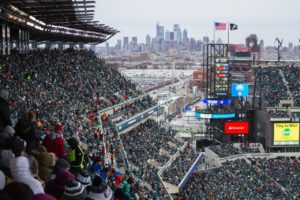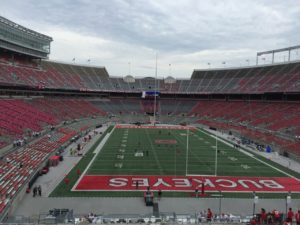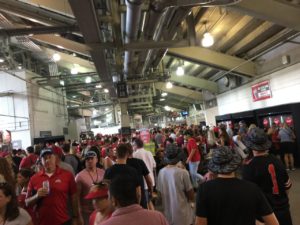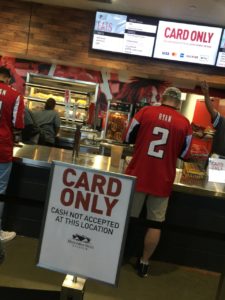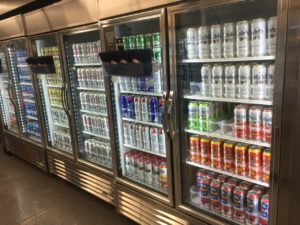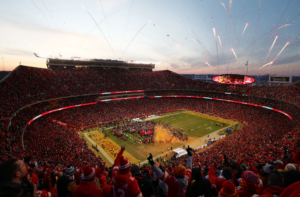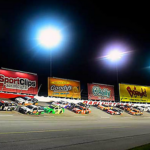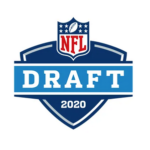According to a report in the Philadelphia Inquirer, Philadelphia health commissioner Thomas Farley said on Tuesday that while safety protocols being developed for professional events look like they will protect participants from the coronavirus, the city thinks it would be unsafe for fans to attend.
“I do think that games can be played with the kind of safety precautions that they’re proposing. I do not think that they can have spectators at those games. There’s no way for them to be safe having a crowd there,” Farley said, according to the Inquirer report.
But on Wednesday, the city seemed to backtrack a bit, with a mayor’s spokesperson saying fans might be allowed at Eagles games should the city change its rules before the season starts.
The earlier announcement would unofficially make the Eagles the first NFL team to explicitly rule out having fans in the stands this season. Several other NFL teams, including the New England Patriots, have announced plans for significantly diminished attendance numbers if and when fans are allowed to be at games this season. The Patriots, who announced Tuesday plans to cap any games at Gillette Stadium at 20 percent of capacity, joined earlier similar announcements from the Miami Dolphins, the Baltimore Ravens and the Kansas City Chiefs.
As Stadium Tech Report predicted in our recent in-depth study of what might lie ahead for venues coping with trying to hold events during a pandemic, it’s not a big surprise that any events taking place for the rest of 2020 will likely be with either significantly diminished audiences or no fans at all. While some best-practices ideas around the use of technology, social distancing and other procedures like timed entries are emerging as ideas that may help to keep fans safe, the continued spread of the disease in the United States, along with no coherent federal plan to combat it, makes the idea of full-house events somewhat unthinkable right now.
